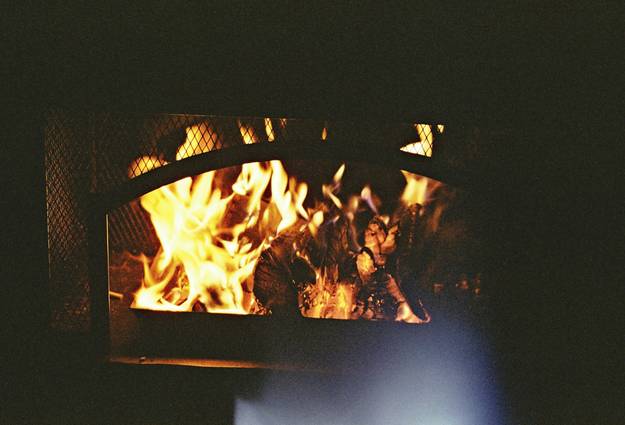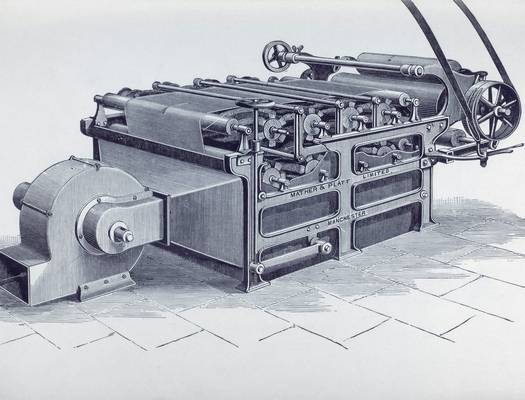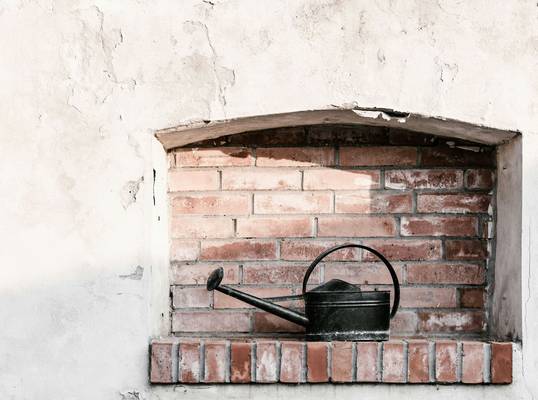
What Is a Pellet Stove?
A pellet stove is a freestanding home heating appliance that burns compressed wood or biomass pellets. Unlike wood stoves, pellet stoves use a hopper and automated auger to feed fuel into the burn chamber, providing consistent and easily adjustable heat with minimal user effort. Most models require electricity to operate their feeder, fans, and controls.
- Fuel: Compressed pellets (wood, corn, or biomass)
- Efficiency: 70–85% (high compared to many wood stoves)
- Setup: Needs venting (not a full chimney), standard electrical outlet
- Best For: Automated, clean heating in eco-conscious or modern homes
How Pellet Stoves Work
Pellet stoves automate both fuel delivery and air control for efficient combustion. The user loads pellets into a hopper, which can hold enough fuel for 1-3 days of operation. An electric auger automatically feeds pellets into a burn pot at a rate controlled by a thermostat or manual setting. Combustion air is supplied by a fan, and exhaust gases are vented outside using a small-diameter pipe—often directly through a wall.
- Hopper: Stores pellets and gravity-feeds to the auger
- Auger: Delivers pellets at a controlled rate for steady heat
- Burn Pot: Where pellets ignite and combust efficiently
- Fans: Circulate heat and manage airflow
- Controls: Allow precise temperature and timing adjustments

Key Advantages of Pellet Stoves
- Automated Operation: Set-and-forget fuel feed keeps heat steady for hours or days
- High Efficiency: Advanced combustion and programmable controls maximize usable heat
- Low Emissions: Clean burning with minimal smoke, often meeting strict air quality standards
- Convenient Fuel: Pellets are bagged, easy to store, and leave little ash
- Thermostat Control: Many models offer precise temperature management
- Flexible Placement: Direct-venting allows installation in many areas without a full chimney
- Eco-Friendly: Pellets made from waste wood or biomass are renewable and sustainable
- Minimal User Effort: No chopping, stacking, or frequent tending as with wood stoves
Pellet Stove Types: Freestanding vs. Inserts
1. Freestanding Pellet Stoves
Freestanding pellet stoves are self-contained units placed anywhere with proper venting and floor protection. They heat the room directly and often feature large hoppers for extended operation.
- Flexible room placement
- Easy to access hopper and controls
- Heat output varies by size and fan power
2. Pellet Stove Inserts
Inserts are designed to fit into an existing masonry fireplace, transforming it into an efficient, automated heating source. Inserts use the chimney for venting (with a liner) and often have smaller hoppers due to size constraints.
- Great for upgrading old fireplaces
- Maximize heat from an underused hearth
- May require more frequent pellet refills
Pellet Stove Installation & Venting

- Requires a nearby electrical outlet for operation
- Direct-vent kits allow for horizontal or vertical venting; no full masonry chimney required
- Install on non-combustible flooring or an approved hearth pad
- Observe all clearances to walls and furniture as per manufacturer’s guidelines
- Have your installation inspected for code compliance and safety
Pellet Stove Fuel: What to Know About Pellets
- Pellets are made from compressed sawdust, agricultural waste, or biomass
- Available in 40-lb bags at hardware, home supply, and farm stores
- Store pellets in a dry area to prevent moisture absorption
- Premium pellets burn cleaner and produce less ash
- Annual cost varies by region and pellet quality

Pellet Stove Maintenance & Cleaning
- Empty the ash pan as needed—typically weekly with regular use
- Clean the burn pot and glass window every few days for optimal flame and airflow
- Vacuum and inspect internal components (fans, auger, sensors) monthly
- Have a professional inspect and service venting and internal parts annually
- Use only recommended cleaning tools; unplug stove before servicing
Common Pellet Stove Issues & Troubleshooting
1. Stove Won’t Ignite
- Check for empty pellet hopper
- Clean burn pot and ignition area
- Verify power supply and fuses
2. Poor Heat Output
- Use premium, dry pellets for best performance
- Clean ash buildup from burn chamber and heat exchangers
- Inspect fans and ensure airflow is unobstructed
Pellet Stove FAQs
Related Guides
Types of Heating Stoves
See how pellet stoves compare to wood, gas, electric, and coal stoves for efficiency and convenience.
Compare TypesEco-Friendly Stove Options
Explore low-emission, green heating technologies for modern homes and cabins.
Eco-Friendly HeatingStove Fuel Types
Compare the cost, availability, and environmental impact of pellets, wood, gas, coal, and electric.
Fuel Comparison